Name Antonio la | Fields Ethnography | |
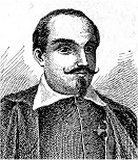 | ||
Education National University of San Marcos Born 1584 (age 69–70), Sucre, Bolivia Died March 1, 1654 (aged 69–70), Lima, Peru | ||
Antonio de la Calancha (1584–1684) was a pioneering anthropologist studying the South American natives and a senior Augustinian monk.
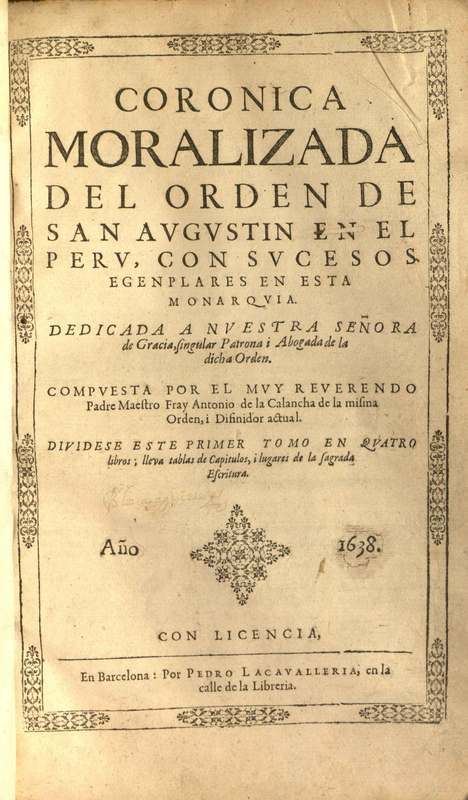
Biography
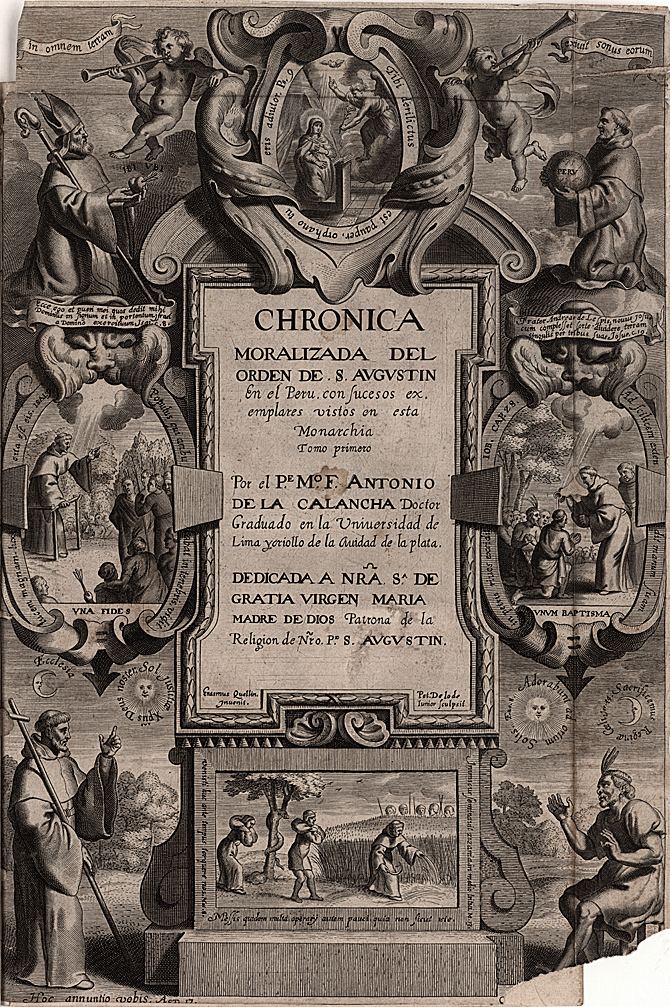
Was the son of the Andalusian owner of encomienda, Captain Francisco de la Calancha and Dona Maria de Benavides.
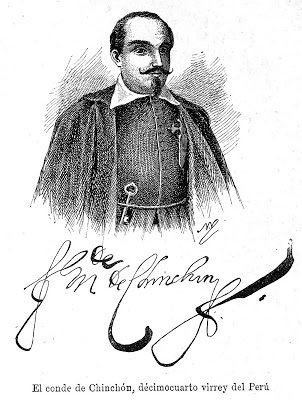
Refused to follow his father to go to a religious Order of the Augustinians in the city of Chuquisaca.
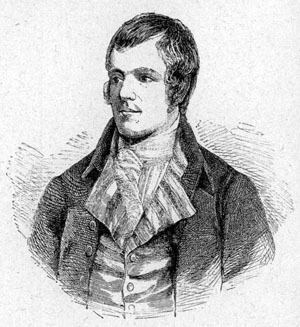
Then he moved to study in Lima, where he received Doctor degree of Theology at the University of San Marcos and became one of the most famous preachers of his time.
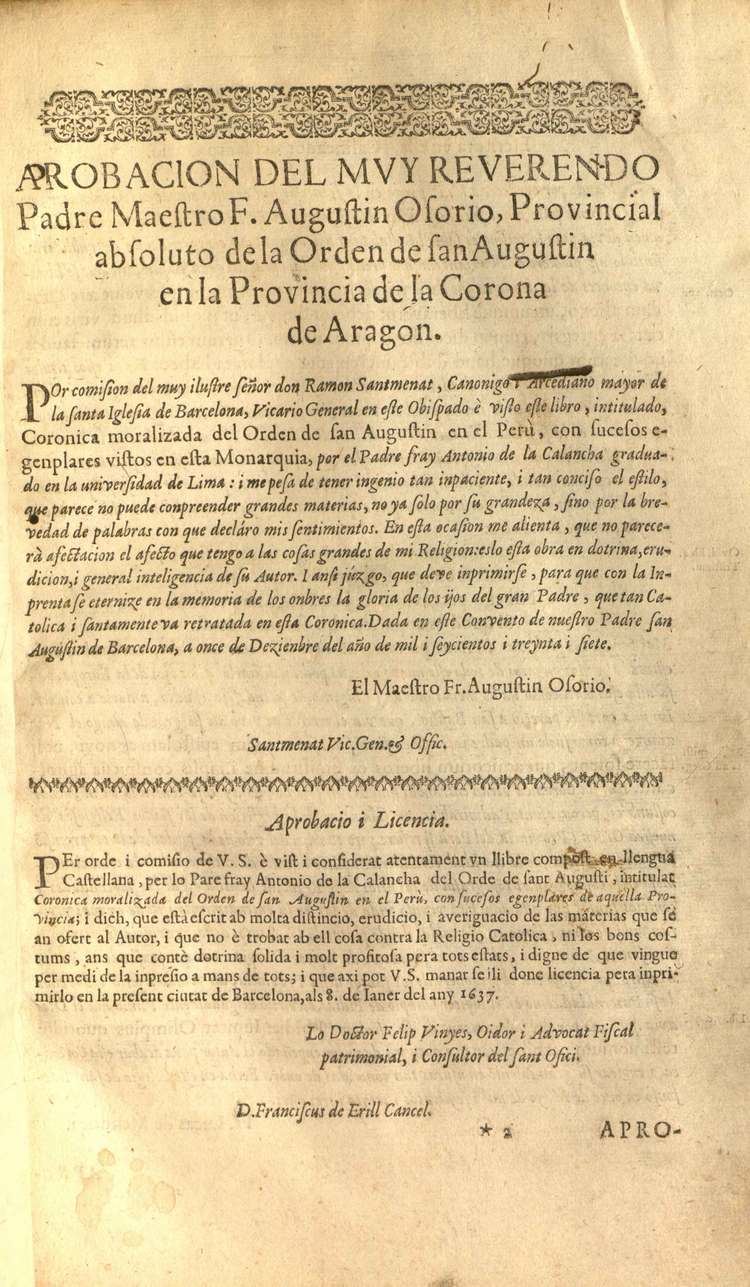
Was secretary of the province, the rector of the Collegium of San Ildefonso. After studying theology, he made sure that he was sent to overtake (twice in his life), Upper Peru (now Bolivia) and Lower Peru, and it allowed him to put together a huge amount of factual material for his Chronicles of Moral Order of Saint Augustine in Peru ("Crónica moralizada de la orden de San Agustín en el Perú"), the first volume of which appeared in Barcelona in 1631 or 1638, soon translated into Latin (Brullius in 1651) and in French.
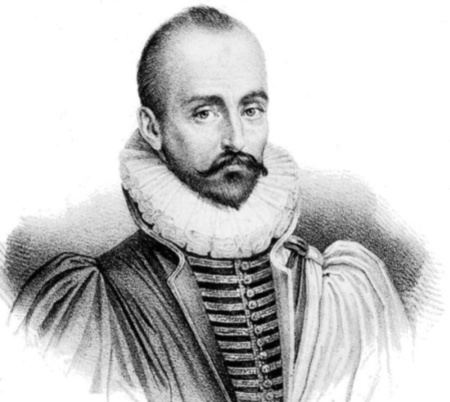
The second, unfinished volume appeared in Lima in 1663. This work contains a lot of data on religion, customs, mores the Indians of Peru and Bolivia, about geography, theology, and is one of the most important works concerning the origin of the Indians, their history.
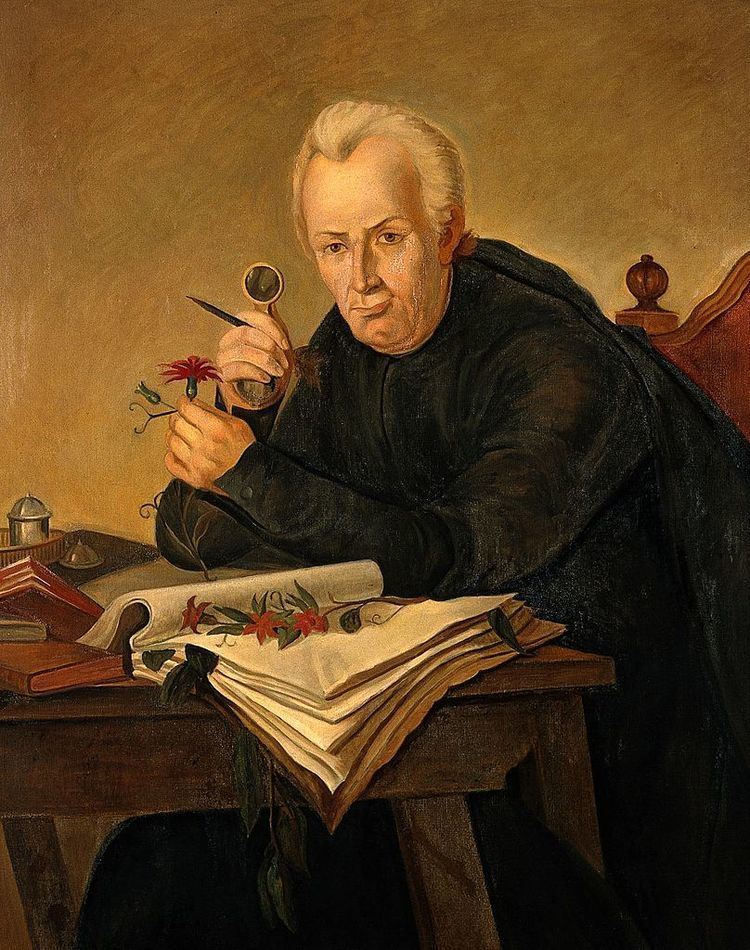
He knew the Quechua, but the etymology of many words of this language is quite doubtful.
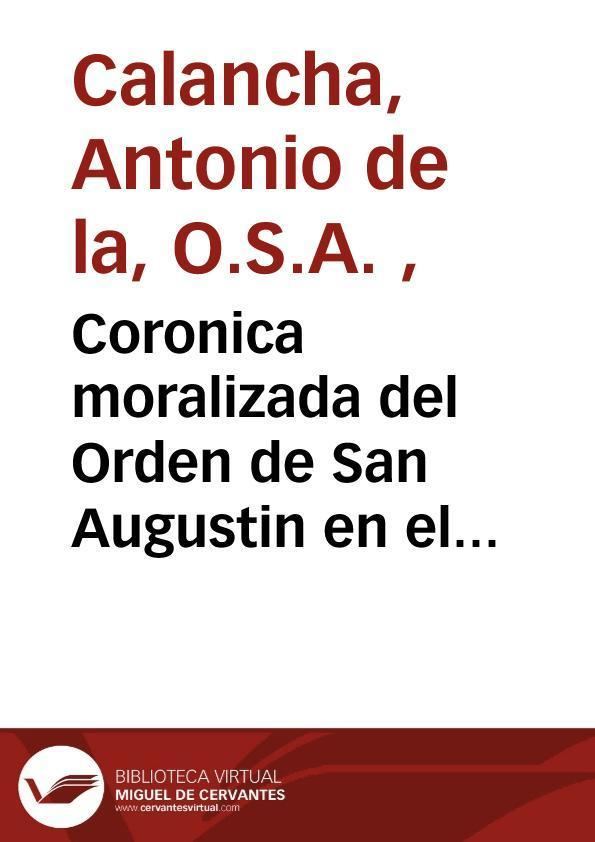
He read the famous chronicles (Polo de Ondegardo, Miguel Cabello de Balboa, Fernando Avendaño, Jesuits Teruelya, Vasquez and Arriaga), unpublished manuscripts, collected folk superstitions and customs.
Calancea ascertained the similarity of Indians and Mongoloid (Tatars), but the migration of Asians he deduced through the lens of biblical information, such extravagant and naive as well as Montesinos. Like other authors, the beginning of the history of the Indians he traces to the era of aylyu and barbarism, when there was no aristocracy, only democracy. In his chronicle are collected many tales and legends, he carefully studied the gods and religious traditions, languages, messages about idols. All this is very interesting, but all the information scattered in disarray and are often intertwined with religious teachings and retreats to the author.
Calanca died in Lima in the morning March 1, 1654.
